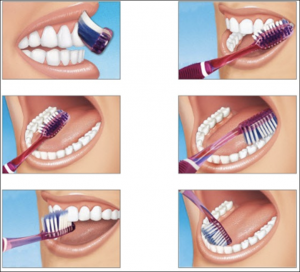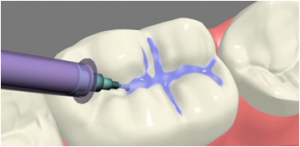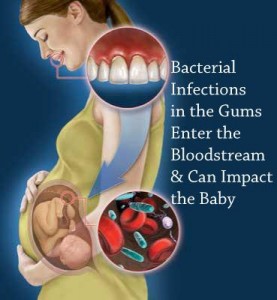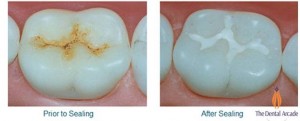Gum diseases, also known as periodontal diseases, are usually caused by a build-up of bacteria and plaque that inflames and infects the gums. Plaque is a clear film on the teeth to which bacteria sticks, and if it’s not removed with brushing and flossing, it will turn into a hard material called tartar. Tartar and bacteria deposits around and under the gum line are the main causes of periodontal diseases.
There are two types of periodontal disease: gingivitis and periodontitis.
- Gingivitis is a milder form of gum disease, in which gums become red, swollen, and may bleed easily.
- Periodontitis is a much more serious oral health condition in which the inflammation spreads deep below the gum line and involves the bone and tissues that hold teeth in place. Periodontitis can cause deep pockets of infection, which may result in the loss of teeth and their surrounding bone if it’s left untreated.
Fortunately, there are several procedures available to treat these oral health problems, depending on the severity of the disease.
The primary goal of any treatment for periodontal disease is to control and eliminate the tartar and bacterial infection around the teeth and under the gums. Treatments range from deep cleanings to oral surgery.
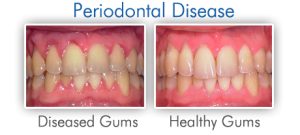 Periodontal Disease Prevention
Periodontal Disease Prevention
The best ways to prevent gingivitis from graduating to periodontitis are to:
- Brush your teeth after every meal.
- Floss at least once a day.
- Eat a balanced diet.
- Avoid tobacco products.
- Get regular dental checkups and cleanings.

